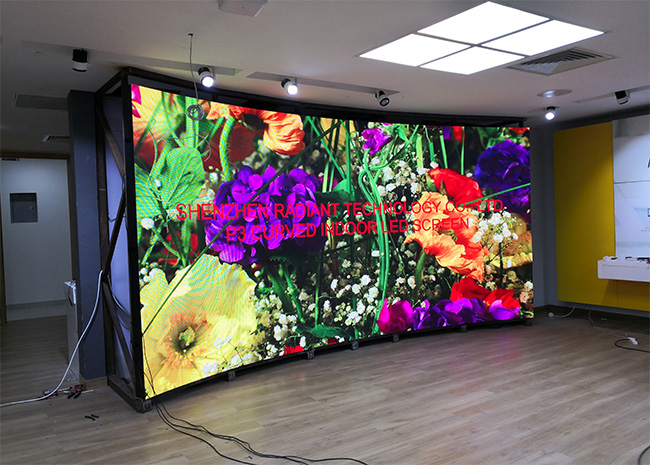A Thorough Analysis of Various LED Video Screen Technologies and Their Uses
A Thorough Analysis of Various LED Video Screen Technologies and Their Uses
Blog Article
LED video screens are increasingly common across various environments, such as concerts, sports events, and business meetings. These large big displays are made up of many individual LED modules which work together to create a cohesive cohesive visual. Various different kinds of Light Emitting Diode display wall technologies on the market, every having its unique features and benefits. Grasping these technologies options can help companies as well as organizations choose the right solution for their specific requirements.
A common kind of Light Emitting Diode video screen solution is the direct view Light Emitting Diode. This technology utilizes separate LED modules which are arranged near in proximity to form a big display. Direct view Light Emitting Diode walls are recognized for their high brightness as well as lively hues, making them ideal for external activities or brightly illuminated settings. They also have a broad sight perspective, which means that viewers can view the display clearly at various locations. Such makes directly viewed Light Emitting Diode screens a popular choice for sports arenas as well as external festivals.
Another kind of Light Emitting Diode display wall technology is the LED illuminated Liquid Crystal Display. Such technology combines traditional Liquid Crystal Display displays with LED illumination for improved luminosity and color accuracy. LED illuminated LCDs are commonly used in interior environments, such as shopping malls as well as meeting spaces. They provide excellent image clarity while are typically more cost-effective than directly viewed LED walls. However, they may not function as effectively in well-lit settings, as the backlighting can sometimes dull the hues.
Another thirdly option is the Organic Light Emitting Diode video wall. Organic Light Emitting Diode solution offers exceptional differentiation as well as led video wall for interactive displays color depth compared to other types of screens. Every dot in an Organic Light Emitting Diode display emits its own light, allowing for genuine blacks and vibrant colors. This makes Organic Light Emitting Diode display walls especially attractive for uses which demand premium images, such as art galleries or high-end retail stores. Nonetheless, OLED technology can be more expensive and may not be as bright as directly viewed Light Emitting Diode screens, making it less suitable for outdoor use.
Along with the aforementioned options, there are also various uses for Light Emitting Diode display walls. These displays can be used for advertising, amusement, as well as information display. For example, companies commonly use LED video walls for digital advertising to attract clients as well as advertise goods. In amusement, they enhance the sight encounter at concerts and gatherings, providing lively backdrops and captivating visuals. Within corporate settings, Light Emitting Diode display walls can be used for demonstrations, visual meetings, and training programs, aiding to convey information in a visually attractive manner.
In conclusion, LED display walls come in different types, each having its own advantages as well as uses. Direct view LED screens are great for outdoor applications, whereas LED-backlit Liquid Crystal Displays are more suitable for interior settings. OLED video screens offer exceptional image clarity but may come at a greater cost. Understanding the differences differences can help entities to make knowledgeable choices about which kind of LED video wall best satisfies their needs, whether it be for promotion, entertainment, and business use.